Smoke, or Not – CA, NV
California was burning, aggressively. Besides just wanting to travel (again), we had hoped to escape the wildfire smoke pall that insistently enveloped our coastal home, and we set off with Howie and Jayk (our motorhome and Jeep). But crossing the Sierras, it soon became clear that we were not getting out of the plume. Heading toward Lee Vining, the familiar CA-120 took on a somber, dreary tone.
By the time we reached Mono Lake, we had gone from bad to worse. But it was the end of the day, so we found a nice little camp, in a sparse forest along the southern shore, and settled in. The setting sun glowed only weakly through the smoke, and we found ourselves happy that darkness hid the gloom.
Our plans for a relaxed few days, exploring the trails and tufa formations, were totally dashed. Photography was simply horrible. In fact, the air was so bad that we were experiencing noticeable physical symptoms like vertigo and headaches. We spent a day driving Jayk around a little bit, but we were resolved to leave the next morning.
Surprisingly, at the end of a drought-racked summer, we stumbled across a flowing creek. It’s always striking, in the midst of a desert, to find “live” water.
Also, since we were so close (50 miles or so), we used some time to go visit the historical ghost town of Bodie. This old town was a mining hey-day in its time, over 200 buildings and dozens of saloons, barber shops, banks and bordellos. Only a few remain, but they’re kept up to some reasonable semblance of their period status. It’s a great visit if you’re in the area.
Normally, I could devote almost a full blog post to such a town, but with the dreary skies and hazy smoke, the photography was truly poor… a better presentation will have to wait for another visit.
CLEAR SKIES
We did some “map shopping”, a favorite pursuit when we’re on the road. There were some interesting things to investigate, down near Scotty’s Castle Road off of US95. The road itself is closed at the CA/NV border, but there’s plenty of “spots” on the NV side, and it’s all BLM land.
We looked for an empty space that was still within cell-signal distance of US95, and found a great spot on a dirt road, about 7 miles away from the highway – but with no blocking terrain in between, we still had 3 bars of 4G. Great for research, weather planning, etc. We were right near Bonnie Claire, an extinct township, and some nearby playas (dry lakes).
Our campsite was an old mining platform, above the terrain and flat, with a commanding view of the valley and the multi-hued foothills on the far side. It was a beautiful spot, with not a trace of smoke, just exactly what we were looking for – a welcome escape for which we were extremely grateful.
With a really nice “base of operations”, we relaxed and began to explore the nooks and crannies of the area.
First, the playa. We knew some fierce winds were coming, so we made sure we were NOT downwind from this massive dust source. In the meantime, Karin decided to explore it, on foot. Even a small playa like this one (less than 2 miles long) seems dauntingly large when you get out onto it. Jayk made the traveling easier (Karin was grateful that she didn’t have to walk back), but the vastness was not diminished.
EXPLORING #1
One of the first things we wanted to check out was, is the road to Death Valley really closed? Easy answer: Oh Yeah. But no worries, there was plenty of other stuff to see and do.
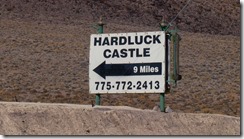 The sign that caught my eye was “Hard Luck Castle”. I’d read some months before about this strange construction way out in the desert, a multi-million-dollar passion of a man who, like us, adored space, silence, and isolation. I’d also heard it was up for sale, and the “CLOSED” signage hinted that we weren’t going to be able to see much of it, if any. But what the hell, nothing ventured, nothing gained… we headed out a lonely, rough dirt road that the map showed going to the Castle (and beyond).
The sign that caught my eye was “Hard Luck Castle”. I’d read some months before about this strange construction way out in the desert, a multi-million-dollar passion of a man who, like us, adored space, silence, and isolation. I’d also heard it was up for sale, and the “CLOSED” signage hinted that we weren’t going to be able to see much of it, if any. But what the hell, nothing ventured, nothing gained… we headed out a lonely, rough dirt road that the map showed going to the Castle (and beyond).
Turns out, the Castle was indeed sold, and tours are no longer available — chained-up entrances, No Trespassing signs, etc. – so we were limited to snapping some long-telephoto pix, and moving along. For a whole bunch of information, history, and MUCH better pictures, see their web site. The place is completely self-sufficient, with solar, batteries, generators, water, etc. etc. NO cell service whatsoever, so they must have satellite Internet? Not sure.
The new owners are apparently setting up for having it be an “Event Center” for business meetings and the like. I wonder what the builder thinks of that people-cluttered use of his dream desert-isolation residence. I also wonder how they’re going to transport a bunch of city folk down those non-coddling dirt roads. Fly in by chopper? It’s 50+ miles from anywhere that hosts an airport, Tonopah, which in itself is hardly a “destination” town. Hmmmm.
So with that miniature glimpse, we headed on down the LONG access road, which (according to multiple maps) worked its way all the way to a town(?) called Gold Point. By now, we are all too familiar with the foibles of maps, old databases, weather-ravaged roads, etc. But that only meant that we got to “go see”.
The road climbed considerably higher than our 3000’-elevation camp, pushing 6000’. Rugged and rough, but overall not bad for a Jeep road, with minimal rutting or washouts. On the top crest, we were treated to splendid views of the valleys behind and ahead of us. It’s exhilarating to be in such a place. We were in crisp, clean 48F air, maybe 15-20 miles by hard dirt road from any living soul, alone and on our own. Just fantastic. (As long as Jayk starts.)
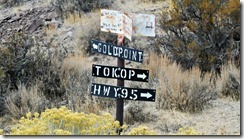 Many more miles of twisting, hilly roadway, and a sign!! These mean nothing, because the road(s) can be weathered, washed-out, or just grown over from disuse. But it’s still fun…
Many more miles of twisting, hilly roadway, and a sign!! These mean nothing, because the road(s) can be weathered, washed-out, or just grown over from disuse. But it’s still fun…
And then…. CIVILIZATION!!
Well, Gold Point anyway. It’s bigger than the picture shows, but not a lot.
In a back alley, we spotted a motorcyclist doing some maintenance. How could I not stop to chat? He was riding the Nevada BDR (Backroad Discovery Route), one of a dozen semi-official remote-country exploratory routes along lonely roads. If I recover from my Lyme well enough, I still hope to be able to do this some day.
By the time we had reached Gold Point, we were within a stone’s throw (relatively speaking) of US95. So, rather than re-trace our long, slow dirt-road path, we just boogied out to US95 and got “home” within less than an hour. Quicker, easier, much less interesting. But our Happy Hour and dinner were not to be compromised.
CAMP LIFE
We spent most of a week chilling in camp, doing local hikes, exploring, and dealing with two days of ferocious winds. The winds, in particular, were noteworthy even for the desert.
At first, all I did was park Howie stern-to-wind. With his 12-foot-high, 28-foot-long profile, getting tipped over was a definite possibility if parked sideways into the wind. However, after the winds picked up — and they did pick up: 30-40mph, gusting 65mph – neither of us could operate the door without getting our arms yanked out. I had to ‘rotate’ Howie a bit to get the wind glancing off the driver’s side, so that we could make the passenger-side door work without tearing ligaments.
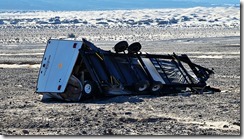 [NOTE about WINDS: In addition to parking with your narrowest part into the wind, NEVER park your vehicle face into the wind when it’s really blowing. The blowing dirt will sand-blast glass windows into near opaqueness. Although the same weather can dull paint slightly, it’s nothing like the etching that occurs on the more brittle surface of glass. Here’s an example of someone who didn’t follow the rules (northern Death Valley).]
[NOTE about WINDS: In addition to parking with your narrowest part into the wind, NEVER park your vehicle face into the wind when it’s really blowing. The blowing dirt will sand-blast glass windows into near opaqueness. Although the same weather can dull paint slightly, it’s nothing like the etching that occurs on the more brittle surface of glass. Here’s an example of someone who didn’t follow the rules (northern Death Valley).]
Speaking of the BDR (which I did a few paragraphs ago), we found that we had camped right on a route segment (after talking with the guy in Gold Point). That made it a little less surprising that every day, or night, a few adventure motorcycles would dust on by our camp. Again and again, it made me itch to do such a run. Cold, uncomfortable, dusty and windy, treacherous roads with ruts and sand – you know, fabulous.
BEATTY and THEREABOUTS
After the winds had died down, and we had explored most of the nearby features, we set our sights on an area further south, near Beatty, NV. It appeared loaded with old ghost towns and mines, still gobs of BLM land, and had access to Death Valley. We were on our way.
Coming south on US95 after scores of miles of empty desert, Beatty looks like a welcome little oasis, nestled in between colorful (and formerly gold-rich) hills. Views from US95 and NV374.
It’s not a big town at all, 800 people or so, and much of it is trailers and RV’s. But it charms more than a description can convey, and we liked it from the start. Folks are neutral-to-friendly, and it’s kinda cool that the speed limit on Federal Highway US95 drops to 25mph. Well, unless you’re in a hurry.
Gone from home for ten days now, we welcomed the facilities and friendliness at Beatty’s Death Valley RV Park. Even though we weren’t staying there, they happily provided water, propane, and laundry facilities at fair prices. Interestingly, Beatty does NOT have a grocery store. For anything more than a quart of milk or carton of eggs, the 800-or-so residents must travel to Tonopah or Pahrump, 150-200 miles round trip every week or so. Sounds like a great match for car pooling? Dunno. Fortunately, we were still well supplied.
By the time you reach Beatty on US95, you are about 75-100 miles from anywhere. Tonopah is to the north, Pahrump to the south. Area 51 (Nellis AFB) is to the east and may as well not exist at all; it’s the end of the planet as far as exploring goes, unless you enjoy staring down the muzzles of military weaponry. Then to the west is Death Valley’s desolation; further west is Panamint Valley, actually more desolate; and further still to the west is Owens Valley, with an actual town (Bishop).
Beatty is not the middle of nowhere, but it’s an excellent emulation. (Strong competition also exists in Owyhee, up near the Idaho border – but that’s another story.)
EXPLORING #2
Just outside town a couple of miles is a large BLM area, criss-crossed with old roads and multiple camping spots. Despite being close to town, it felt very spacious, and we picked a nice campsite with a pleasant view and (you guessed it), some reasonable 4G. Literally all the comforts of home, and nobody around. Although not as lonesome as our previous spot, we never had more than one or two fellow campers, typically 100-200 yards away, at any time. Like I said, spacious.
Surrounding us, near and far in every direction, were “places to see”, from just down the road (Rhyolite) to 30-40 miles away (Death Valley). Another perfect base-ops. As soon as we started map-shopping, we had more to see/do than we could fit into the time available.
Not in any particular order, here are some of the places we were able to visit.
RHYOLITE
Just down the road from our camp was the old mining town of Rhyolite. It was one of the more rare, successful gold mining towns, and prospered for many years. Massive diggings surround the area, and are quite a sight in themselves. Rhyolite is accessible by paved roads, but we had to get a bit more adventurous to get near the mines.
Competition was fierce “in the day”, and a couple of 3-story structures’ remains are visible; turns out, these actually started out as 2-story, but the proprietors tried to out-best each other.
The railroad depot was a town prize, providing services for years. Separate waiting rooms for men and ladies…. different times. The structure has been kept fairly faithful to the original.
Nearby the township, some non-historical stuff has sprouted up. The artsy-fartsy types seem to feel that their productions have more power when attached to old-timey areas(?). I’m not impressed, but I feel it’s only fair to show what’s there. An adjacent “museum” has a wall or two with some antique photos, and then a display case full of modern hand-made recorders for sale. Tourism…
Up in the surrounding hills, a combination of shaft and strip mining produced the ore that kept the town alive. The terraced strip mines, and the revealed geologies, are still stunning.
SALT CREEK
One day, we eschewed the dirt roads and simply “took a drive” over to Death Valley. I’d seen a green spot on the map, and Salt Creek looked like a place worth a visit. It was not disappointing.
Even in the lowest, driest place in the USA, long after and long before any rainfall, there’s a place where water flows, year-round. We always are struck by such a scene. Here, it’s even more remarkable, and provides habitat for the almost extinct pupfish – a tiny animal that lives but a single year. Even a brief interruption of the precious water supply would instantly wipe out all of the known species, but somehow, the water, and the teeny little fish, prevail.
The Park has constructed boardwalks, to protect the scene while allowing some visitation. It’s a gorgeous area, very quiet and peaceful, with the trickling sound of the stream a stark contrast to the harsh background of sere desert.
We didn’t see any pupfish, not clearly anyway, but this guy was not shy, and posed for some nice pix.
“Strange Sights in the Desert” department…
As we left Salt Creek, we saw this walker going past in the other direction. We had seen him earlier, perhaps 5-6 miles up the road; he was still trekking. He gave us a little nod/wave. I kinda wished we’d stopped and chatted him up, but we were going to be late for Happy Hour back at camp. (NOTE to SELF: Gotta get Jayk’s cracked windshield replaced. One of these days…)
CHLORIDE CITY
During one of our map-shopping moments, this old mining community popped up. It looked worth investigating. Then one day, while we were headed into Beatty to top off Jayk’s gas, we ran into a rider named Nick, at the welcome sign. I stopped to chat about motorcycles (of course). Turns out, he also was interested in riding his Honda 450 to Chloride City, and we “made a date” to do the trip together.
Nick met us in camp the next day, and we all took off to Chloride City. The first part of the trip is easy asphalt, westward on NV374.
At the turnoff began a narrow one-lane dirt road, that got rougher and more challenging the further in we went. Nick was much faster than Jayk, so he went ahead of us, and waited at intersections. Some of the sections were rough as a corncob. Needless to say, we were both having a grand time.
At the “end” (it actually continues around the area), there was a steep, rough, hill climb to an overlook. Neither we nor Nick were wanting to exert the effort, but then a group of Jeepers came down the trail and attacked the hill and properly shamed us <grin>. Well, you know how those things go… I just had to go up there and take some pix, and a few minutes later Nick joined us as well, albeit with a brief pause in the middle <grin again> to stand his bike upright.
Views at the top were pretty sweet. That’s the south of Death Valley in the distance.
So what about the actual Chloride City? Truth is, there’s not much to show. Some small ruins were not impressive. There was also an old hand-made stone road – this is what you do when you have no bulldozer, only people, picks, and shovels. The labor in these old mining pursuits always amazes me.
We left by a longer, but easier route, out Chloride Cliff Road. This access is to the east, 3 times the distance and half the time. Not much adventure, but nicely relaxing after the earlier parts of the day.
KEANE WONDER MINE
Almost touching Chloride City – actually about 2 miles southwest as the crow flies – is the Keane Wonder Mine. However, they’re on opposite sides of the crest of the Funeral Mountains from each other, and we had to take a totally different route to the Keane. Rumor (amongst the Jeepers) is that there’s “a way” to Jeep across, but it’s not visible on either road databases or satellite images. There’s also a 3700-foot elevation change in those 2 miles, nearly 40% average slope(!!!). Maybe someday we’ll go back and see if we can find it. But it’s likely to be a white-knuckle axle-buster, not my favorite kind of adventure (and Jayk’s not fond of such things either).
So we took the easy way in, a short dirt jaunt off of Daylight Pass Road (which is the California side of NV374). Keane is inside the Park, well-maintained and protected, so we got to see some nice old mining structures.
Keane was famous for its steam-power operations, and an aerial two-way tramway, where loaded ore-cars at the top would use their weight to pull up unloaded cars from the bottom.
Like Rhyolite, Keane was remarkable for its success, and lived up to its nickname “King of the Desert”. It obviously was no easy life, but among the mines of the old west, that was to be expected.
Enlarge this pic to read the history details.
ELIZALDE CEMENT PLANT
One of the sadder tales we discovered during our explorations was this pre-WW2 cement plant, south of Beatty and just off of US95. Grand plans were made in early 1941, and the plant projected finished construction by August 1941. Just before completion, a huge fire burned through the plant, destroying multiple structures and facilities. Reconstruction was immediately planned and begun, but the restrictions and rationing of WW2 put an end to it. The plant never operated at all, and was abandoned. Today, it gets a lot of visitors with spray cans… <heavy sigh>.
Up the canyon from the defunct plant, the cement mine-works are still accessible, to some extent. It’s a grand view to the valley floor and Chloride Cliff Road on the opposite side of US95.
Mine works are scattered around the hills, from small shafts to more major operations.
In one area, we found the remains of an old ore-cart railway – only about two feet wide.
We roamed around for a bit and then headed on back to camp. The northbound view from US95 shows the huge mined-off hillside in the Bullfrog area, in between Rhyolite and our camp area.
CARRARA CANYON
One of the least-heralded places we went to, and in the end most difficult to access, was the old marble mine up this canyon.
The marble was initially thought to be an exciting prospect, and expected to compete with Italian marble at a fraction of the cost. The town of Carrara, down near the highway, was even named after the Italian region famed for its pure white product. The township started with a bang, with grandiose buildings and even a running fountain in the town center, fed by a 9-mile pipeline from Goldfield (south of Beatty). Sadly, the layering of the strata was such that the marble easily fractured. Eventually, most of it was usable only for making “white cement” in the doomed Elizalde plant. Of course, the plant never operated. The forecasted marble fortunes were simply not to be had.
Not much remains of the township, just a few scraps of graffiti-coated stonework. The road up to the canyon passes by the old foundations, starts reasonably, then deteriorates, and ends in Jeep-wrecking gouges and washouts. The old concrete washout bridges are still in place, but the roadwork that they joined together is in shambles, or invisible. It was all that Jayk could do to negotiate the rugged terrain, and as it got worse and worse, we eventually just parked and hiked it. Here’s a typical example: a half-buried bridge, with ravaged roadways on each end.
The mine clearly shows the devastation of the marble by formation cracks. It’s hard to believe that any “slab” could have been obtained from this fragmented deposit. Why the promoters thought it was marketable is a mystery.
We could also see how they “chased” the smoother areas of the deposit, trying to salvage the non-fractured areas to achieve usable slabs. Alas, success was not to be. Despite entire railroads being constructed to profit from the marble mine/quarry, the operation quickly shut down, and the town of Carrara died shortly thereafter.
As with many open-country “expeditions”, getting out was even more difficult than getting in. We couldn’t find our exact pathway, and we ended up having to drop down off a washed-out bridge, lifting old Jayk’s opposite corners entirely off the ground.
“All’s well that ends well”, as the saying goes. No broken axles, just a few chewed fingernails.
TITUS CANYON
Of all the places we visited, Titus Canyon was by far one of our top memories. It was roughly 25 miles of continuous “Wow! Look at that!” scenery and geology, and we’d go right back again in a heartbeat.
The canyon, and its mid-span town of Leadfield, both have colorful histories, full of old-west discoveries, speculations, and flim-flam promotions. Like many hopefuls, the Leadfield community bloomed only briefly, then sputtered and died… but not before the promoter bulldozed out the road through the Canyon. Today, most of the road is inside Death Valley National Park, and maintained by the Park Service. “Maintained” is, however, a loosely interpreted term. Suffice it to say that the one-way road is closed down each season, sometimes twice, just after the rains make it pretty much impassable. Park bulldozers and graders come in and clean it up (repeatedly), and it does end up being (most of the time) a fairly easy Jeep/pickup road. But note that low-slung vehicles definitely are not advised.
The road starts out unimpressively, leaving NV374 flat and straight. But soon, it climbs up into wide, colorful canyons, weaving its way through the Grapevine Mountain range. It eventually connects to Scotty’s Castle Road (yup, the same closed road we visited from the Nevada side), and from there you can drive to Death Valley.
In some places, we could look ahead and see the faint scratch of our pathway through the distant cliffs.
Every few minutes, we came around a turn and were confronted with the most gorgeous geology.
The road could get snug, but not particularly challenging or scary…
And mid-way along the road, Leadfield comes into view. Truthfully, there’s not much to see insofar as ruins or old mining digs. The signage gives a hint to the somewhat sordid history of the town, and its brief two-year lifespan – short even by mining town standards.
Fact is, people aren’t likely to drive Titus Canyon Road for a look at Leadfield, but most assuredly for the outstanding scenery. Exiting Leadfield, a few more miles brought us to the near-slot-canyon leading out of the mountains. At first glance, it’s just a notch in the rocks…
But it soon develops into a deep slash in the mountain range, a Jeep-swallowing cleft with massive, intricately-colored walls. (Hopefully, stable walls. Without rock slides. We’re not fond of rock slides.)
We crossed our fingers and motored onwards. It was also obvious that this was a major water drainage in the rare days when the desert rains arrived. Not today though.
Eventually, the cliffs pulled back slightly, the afternoon sun beamed down on us, and we were delivered into the open vastness of Death Valley. It was quite a ride.
We spent 5 hours in Titus Canyon, going 25 miles. We then spent about 45 minutes driving 38 miles back to camp. The first leg was definitely the best.
EPILOG
I shot 854 pictures on this trip, and shared about 60 of them in this post. Hopefully, it’s the right amount? If you think I might have overdone it, just remember it could have been worse.
Bottom line, this was one of our best trips. Lots of relaxing, plenty of time to explore or just chill in camp, and such diverse terrain that we’d be ready to go back and re-visit the place any time.
Life is good.
FOOTNOTE: I’m no longer trying to provide a bunch of detailed information on various destinations. Everything we’ve visited is well-documented on the web, and easy to look up and research. There are wikis and blogs and group pages ad infinitum and it’s not any fun for me to try to list them all. If anything strikes your fancy, just type in the keywords, and you’ll get plenty of hits. Have fun.
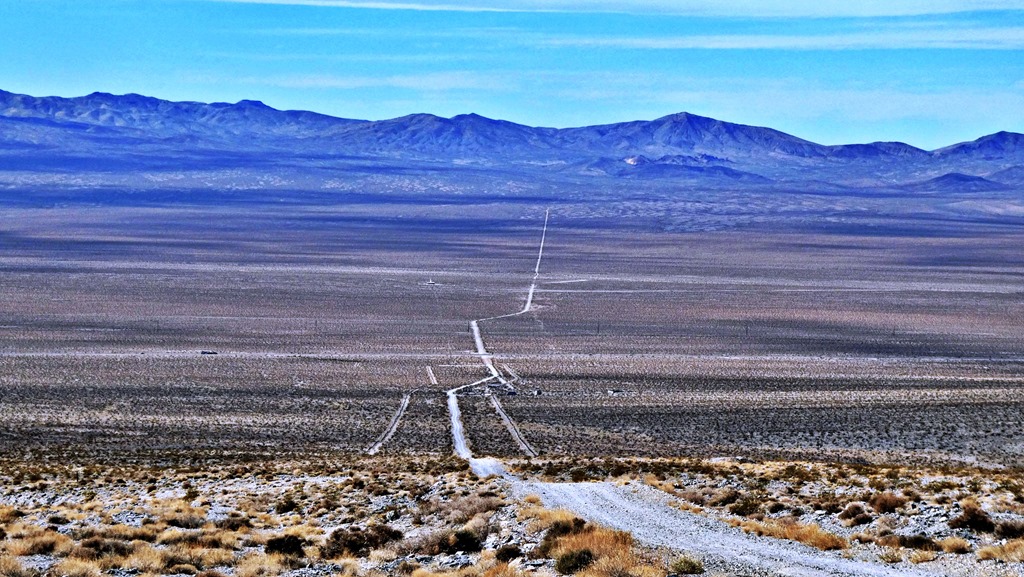
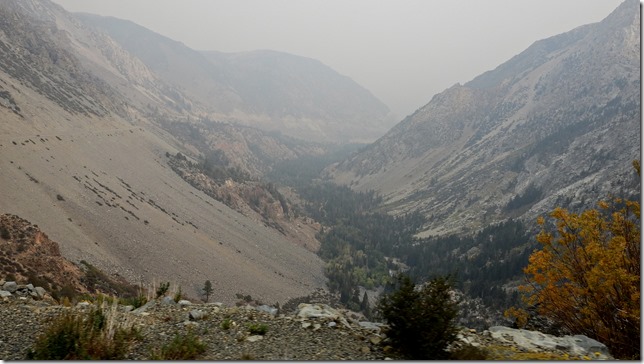
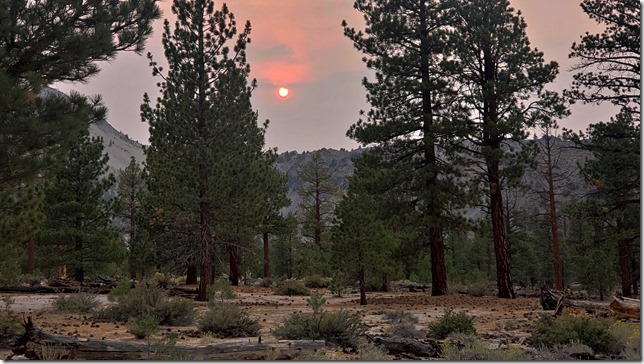
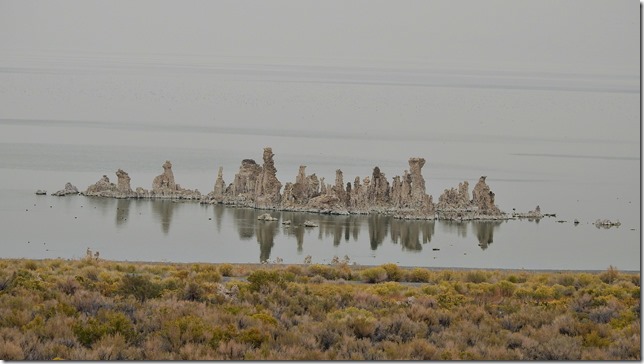
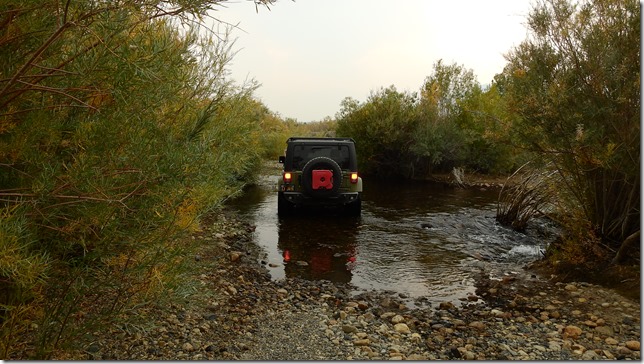
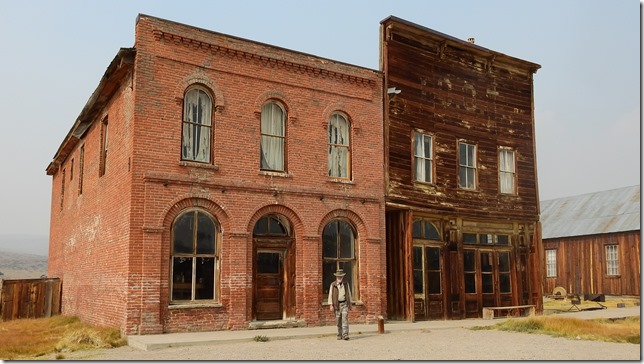
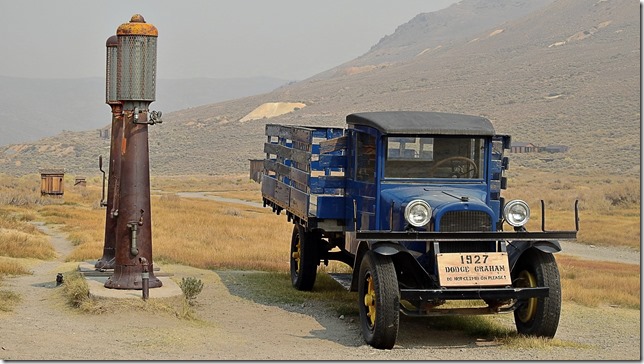
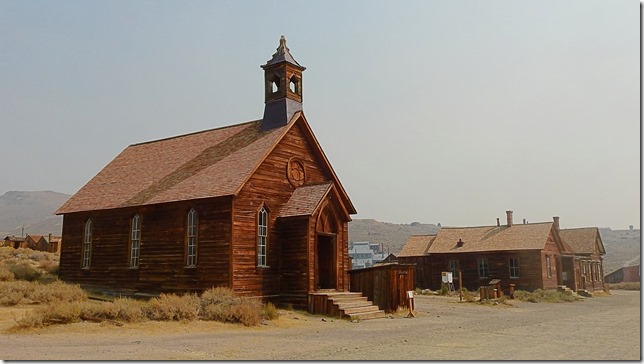
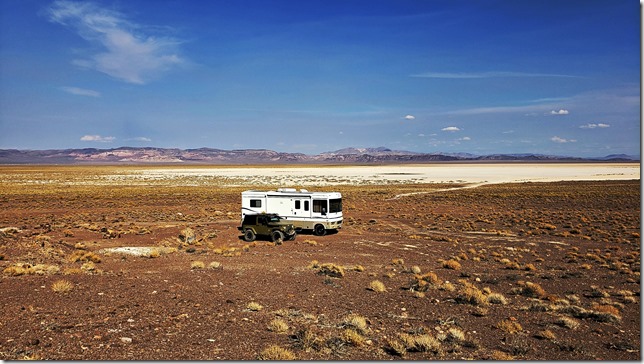
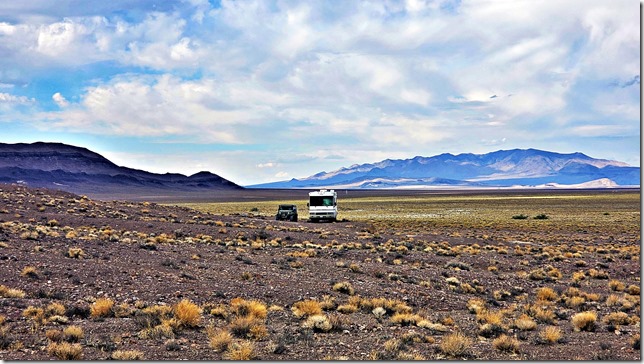
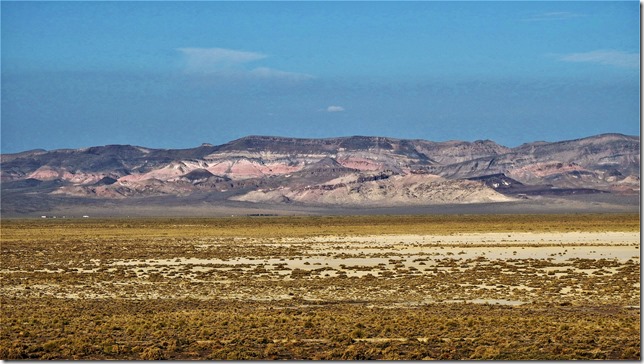
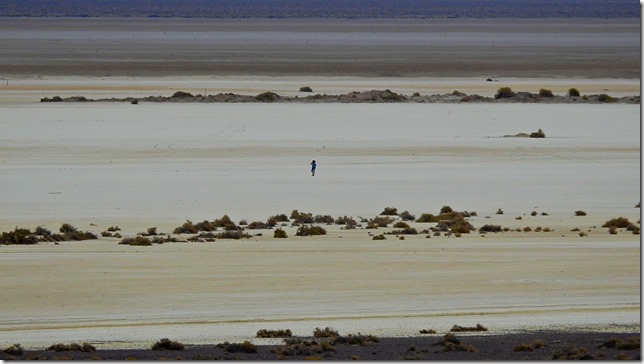
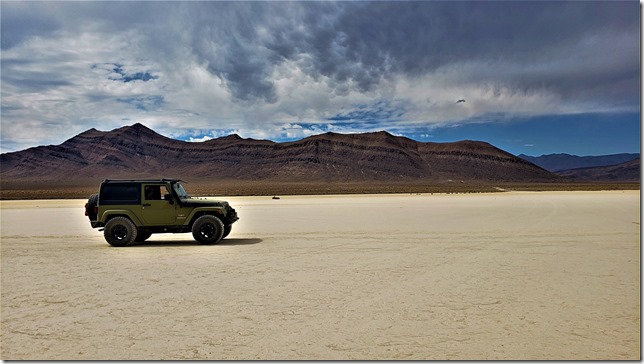
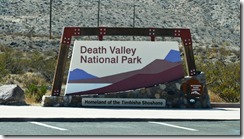
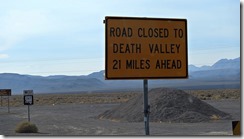
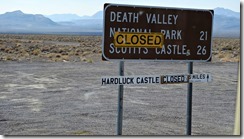
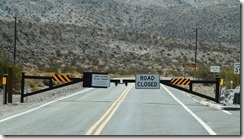
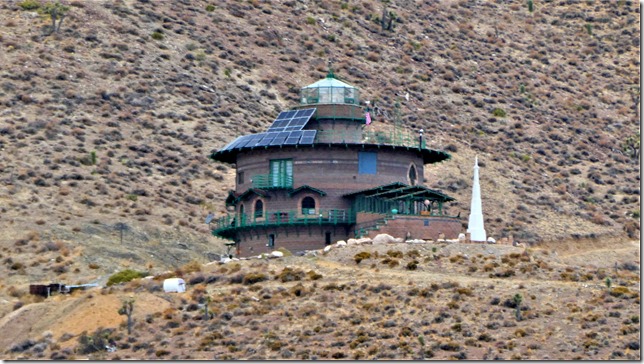
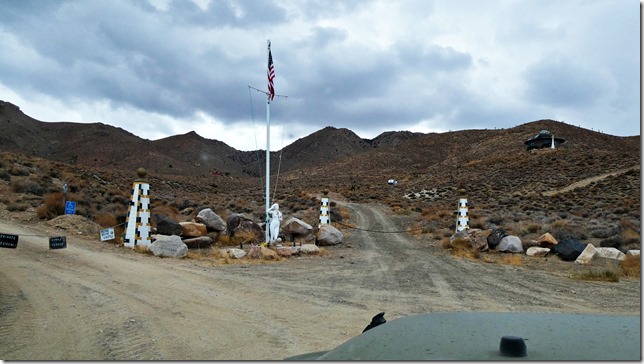
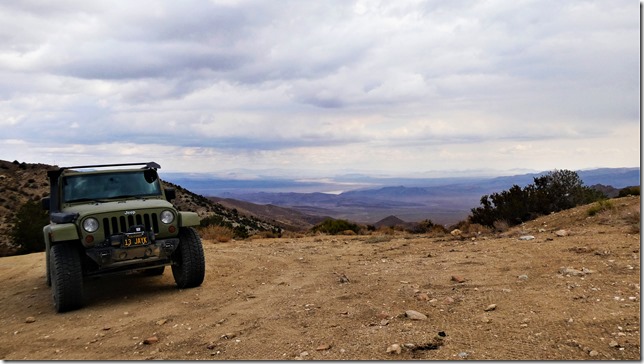
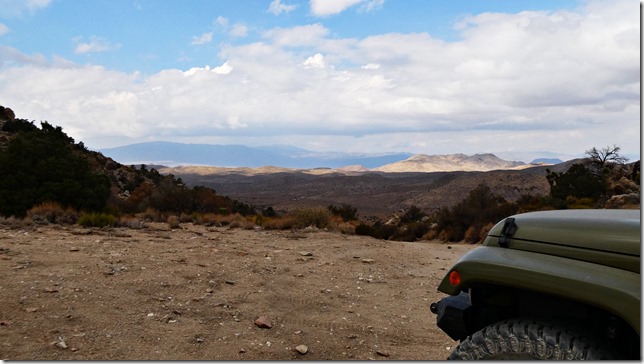
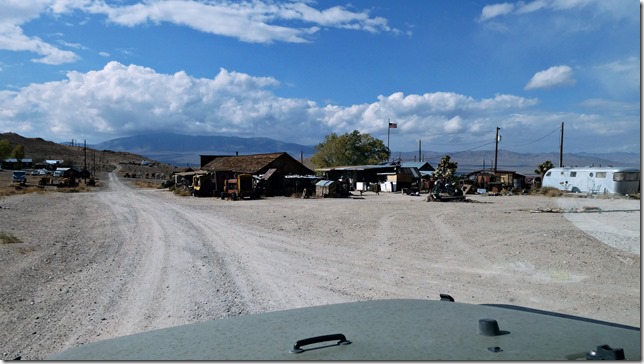
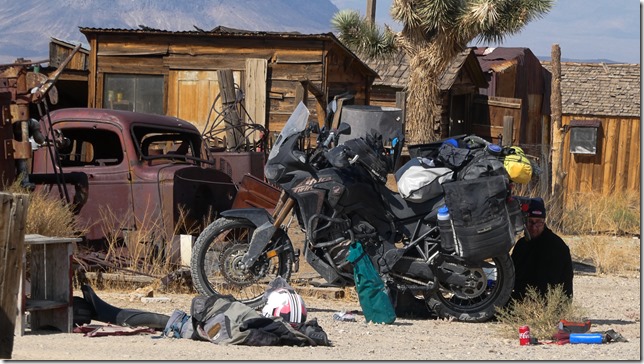
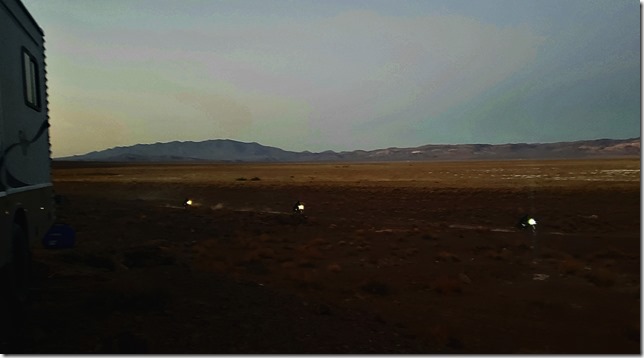
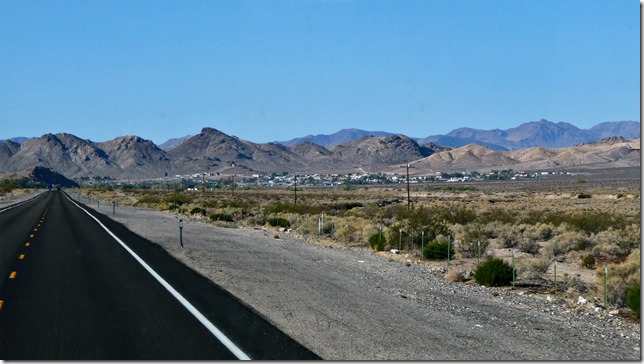
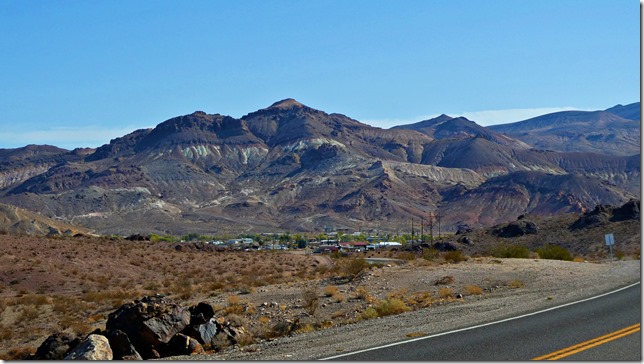
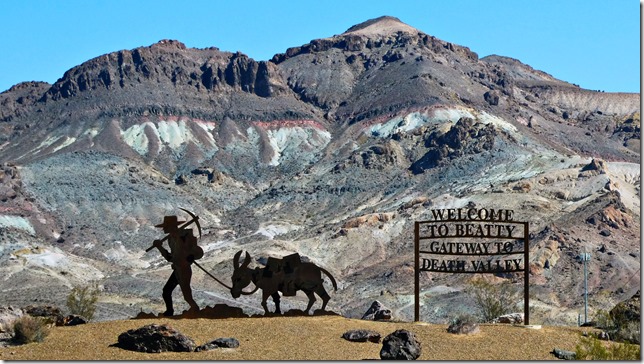
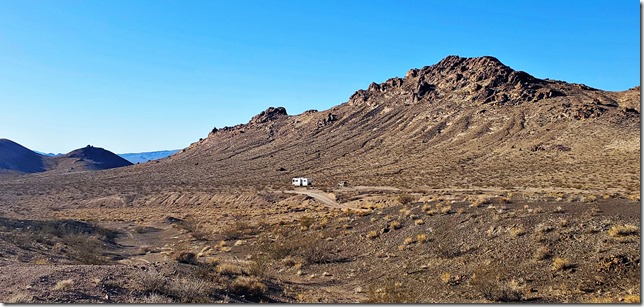
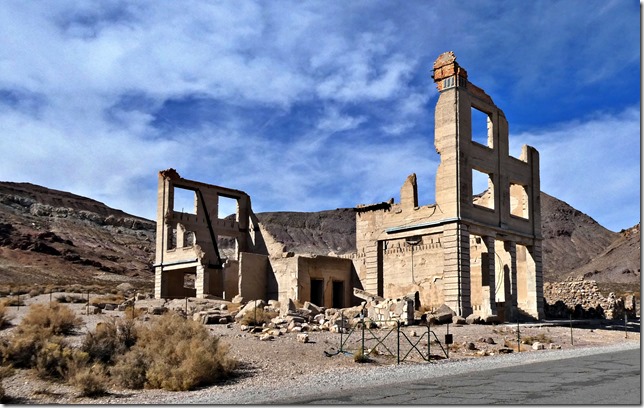
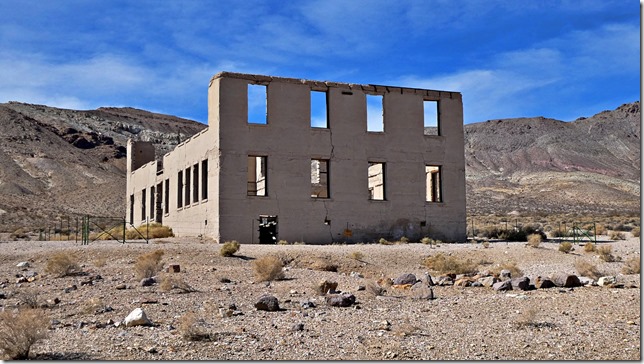
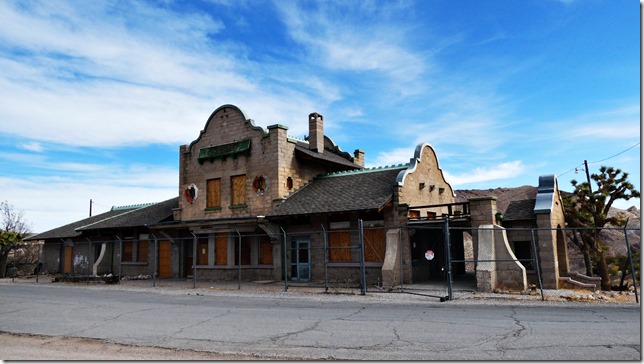
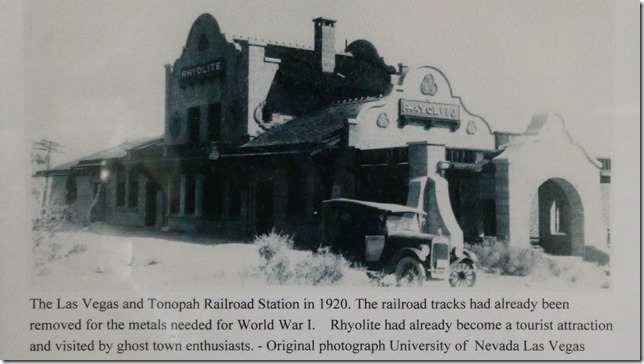
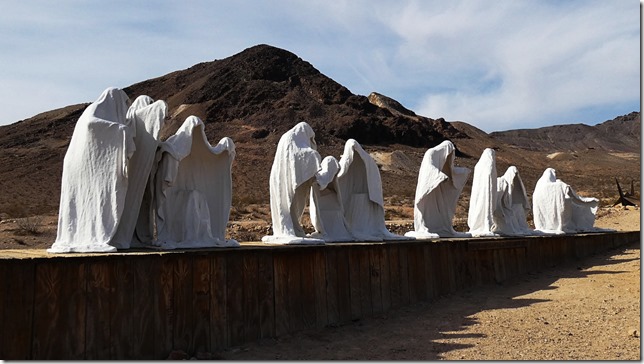
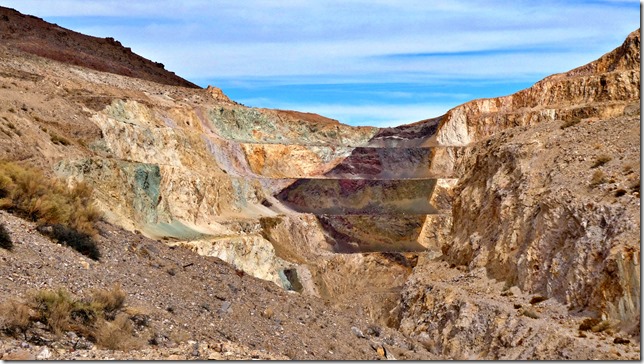
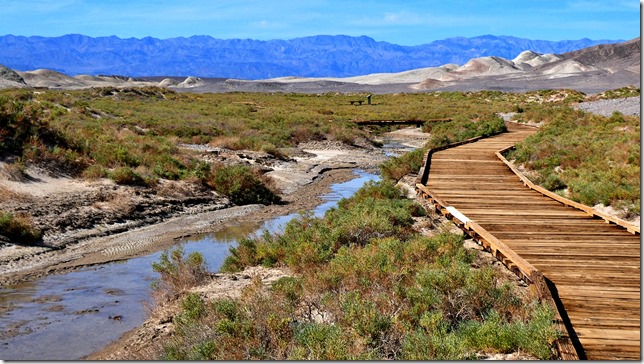
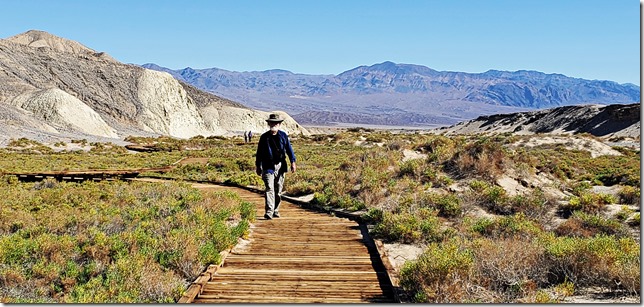
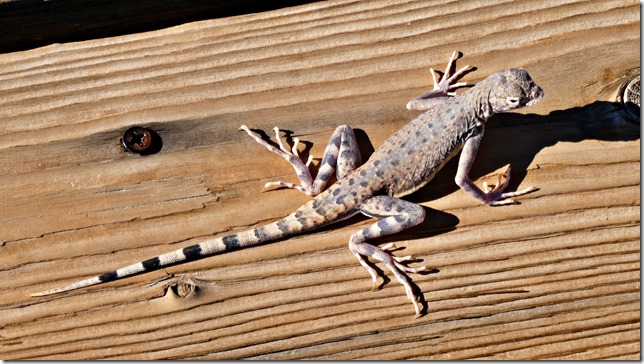
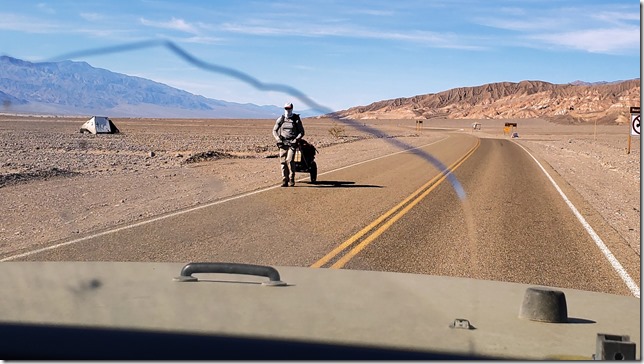
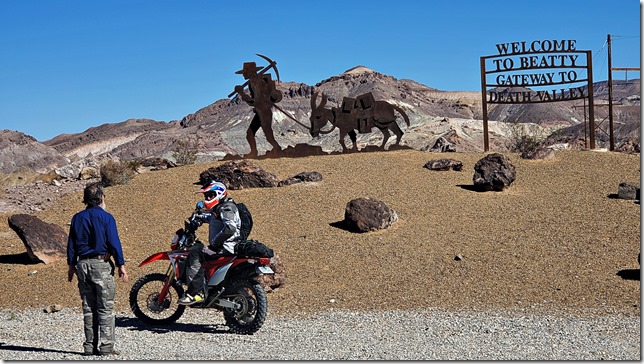
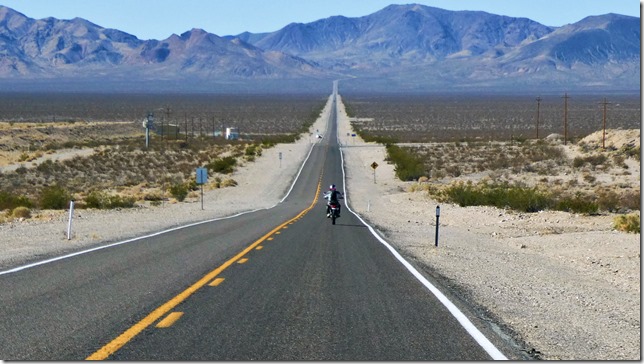
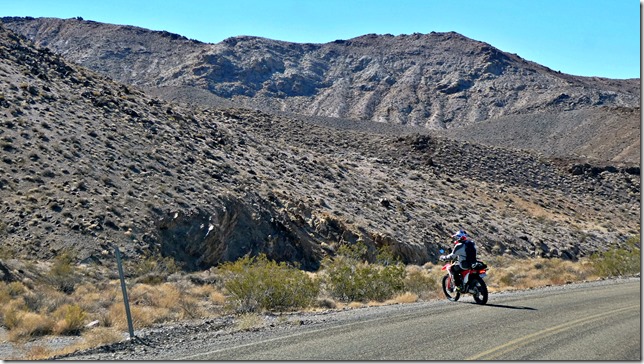
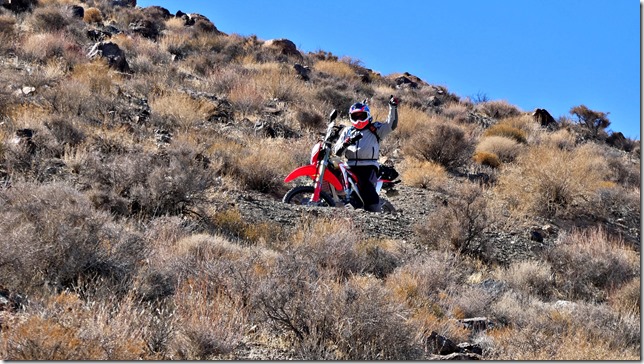
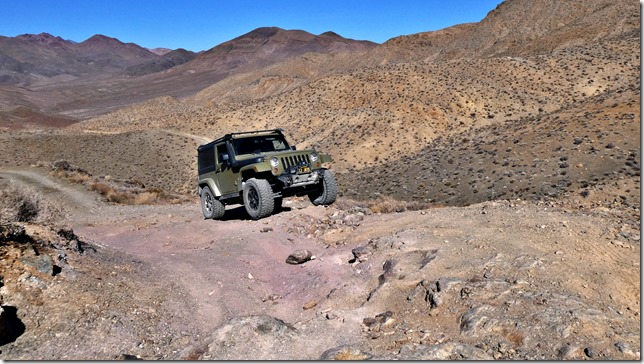
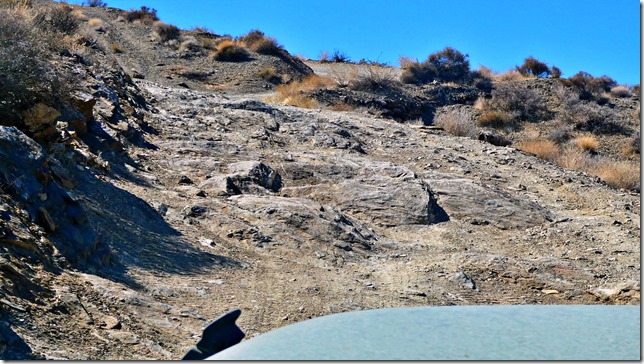
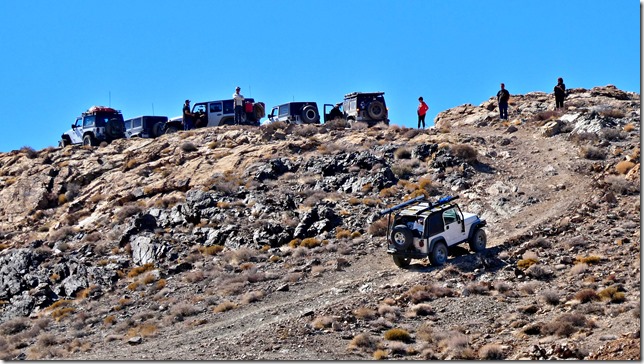
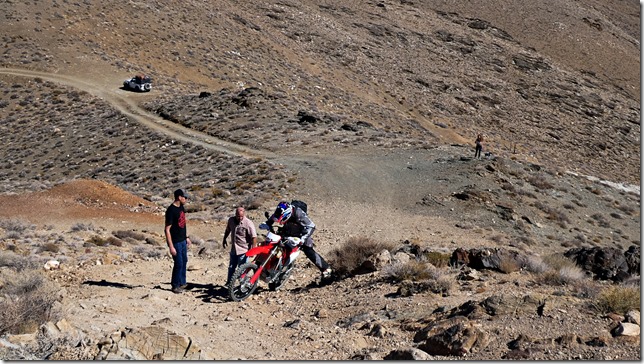
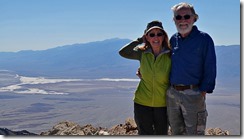
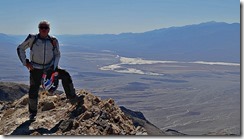
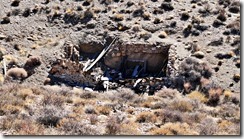
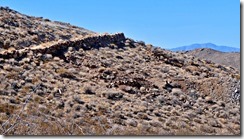
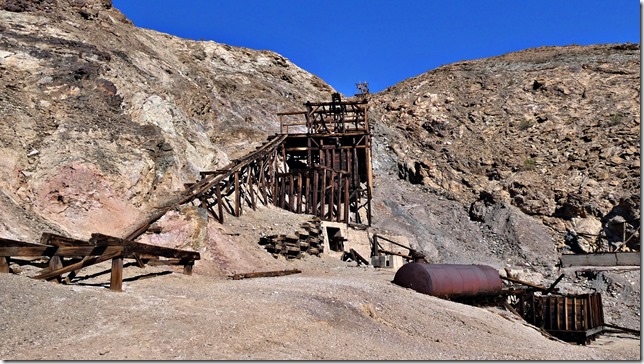
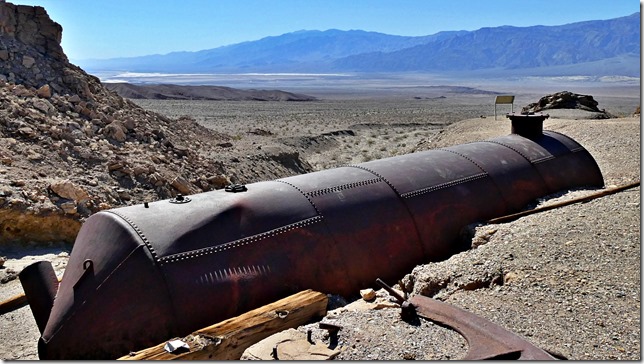
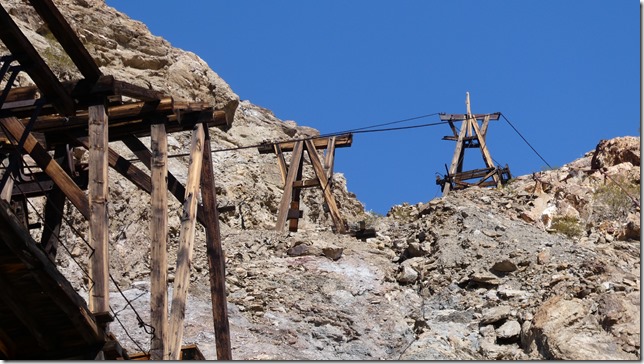
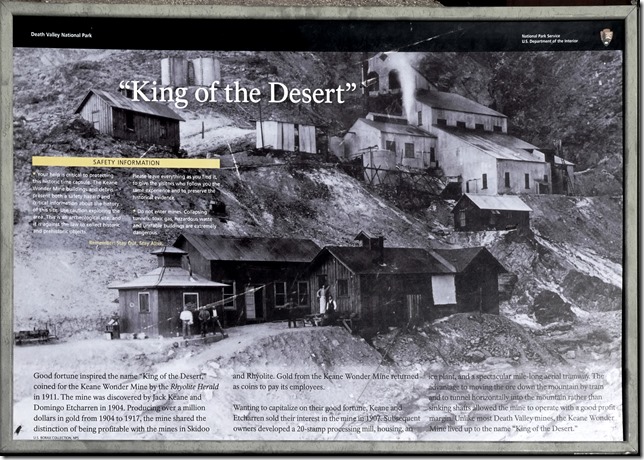
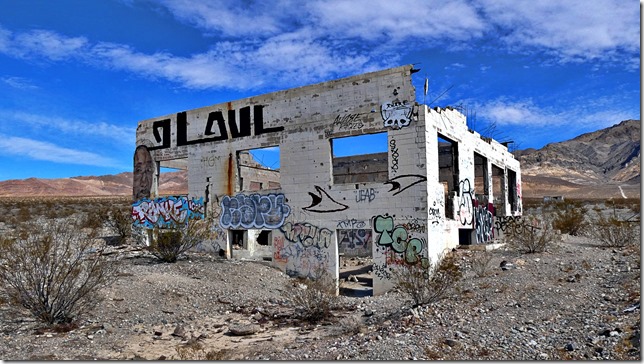
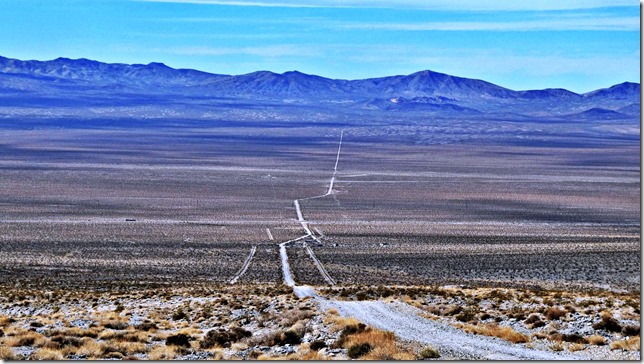
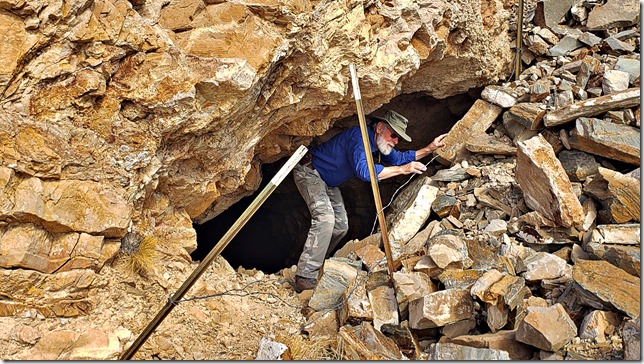
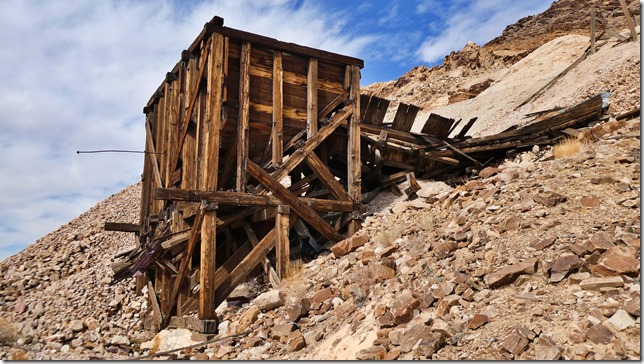
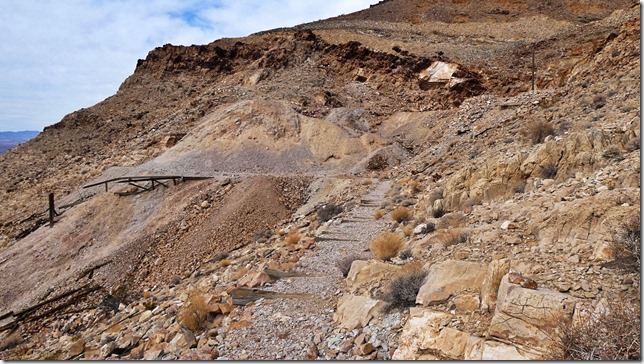
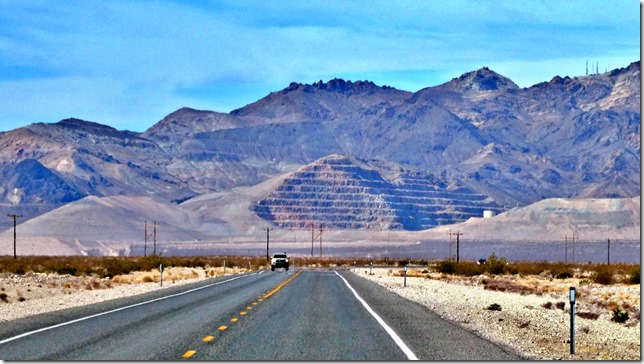
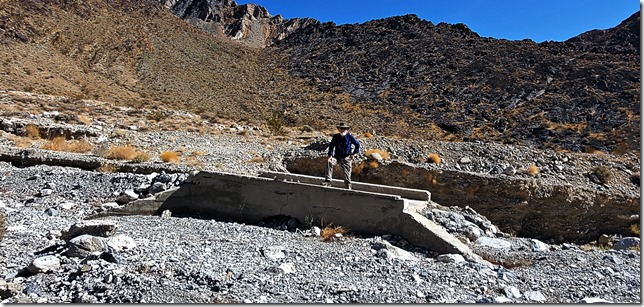
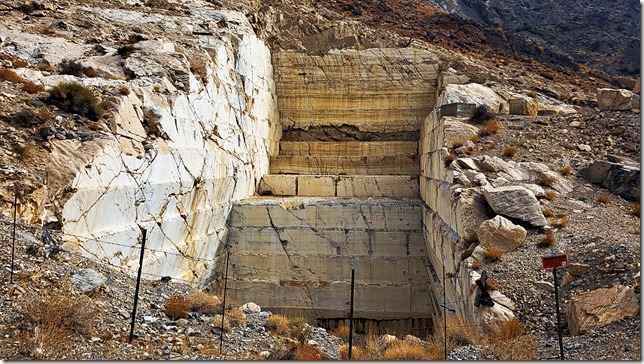
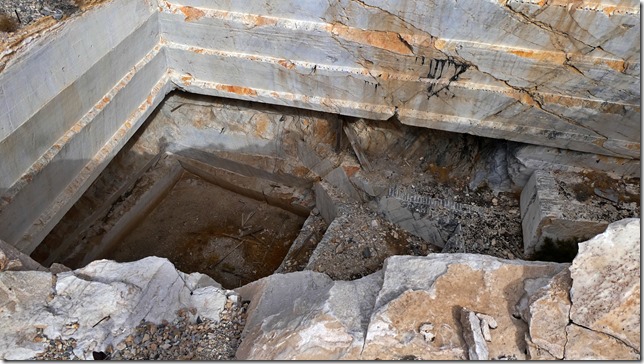
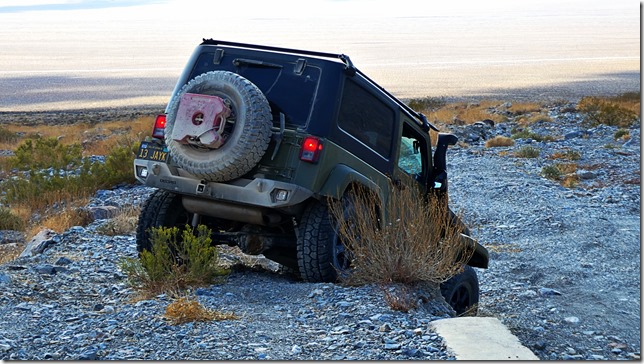
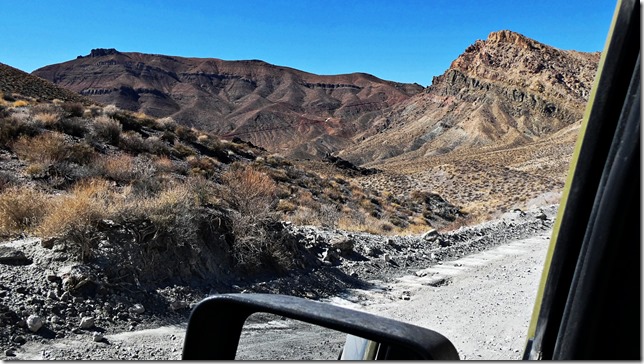
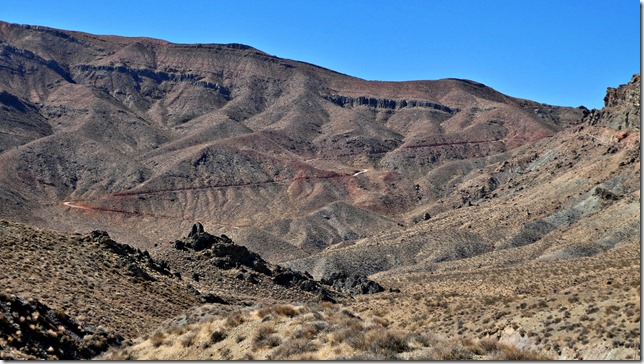
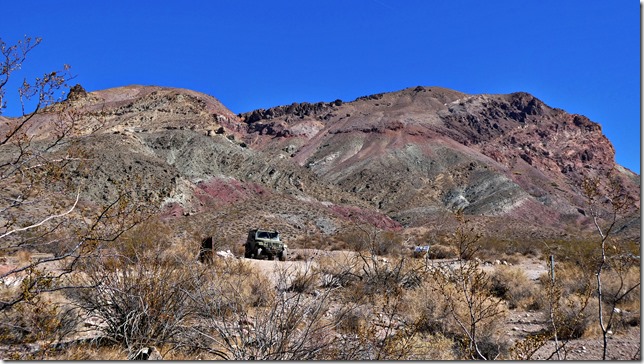
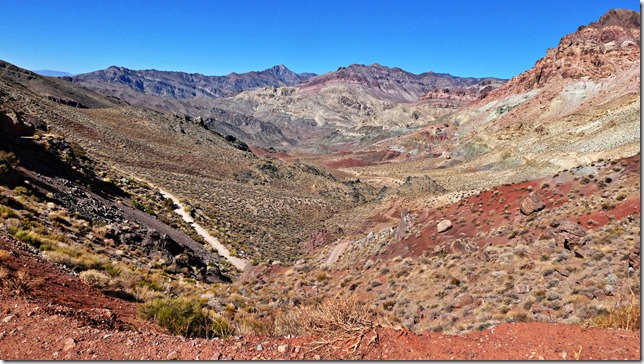
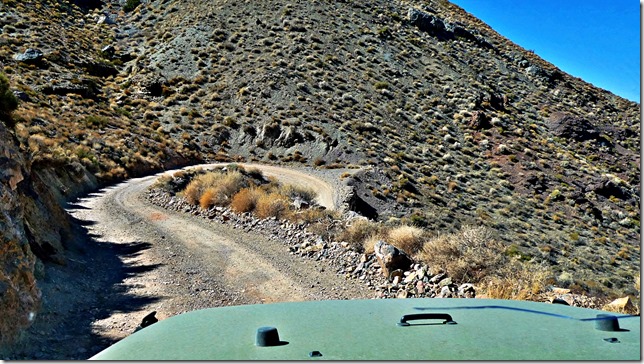
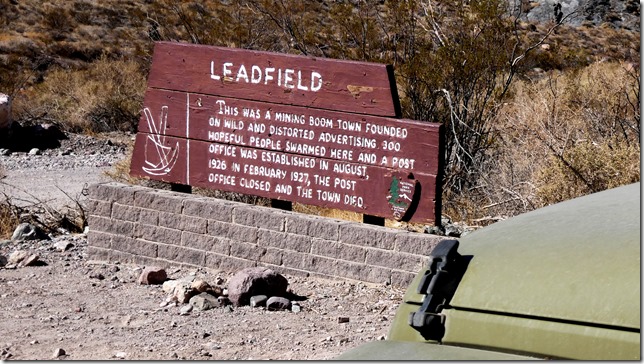
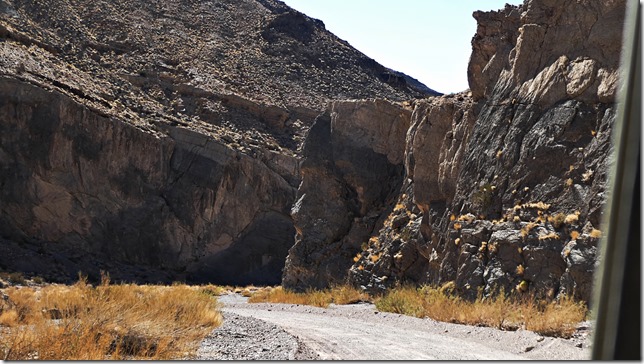
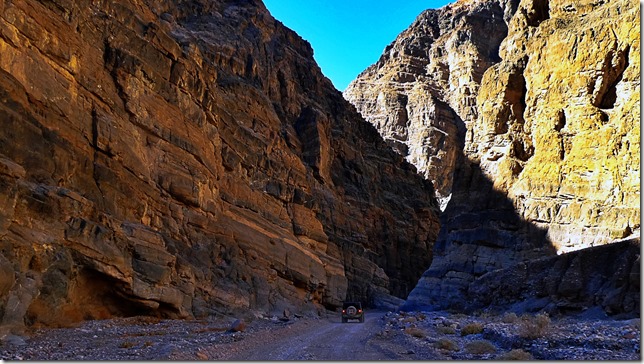
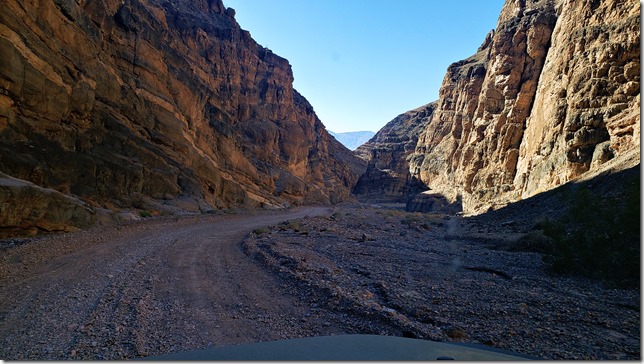
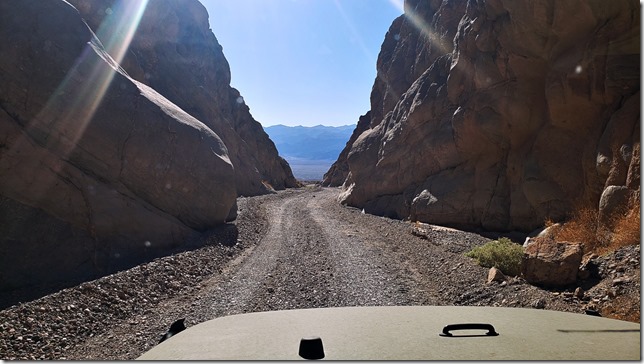
Another great read. So much history! So many hidden gems! Love those 4wd tracks, of course! Jayk is very experienced now! John is back in the Simpson Desert for 2 weeks with Kym (our travel companions) trialling a Russian Gaz . 42inch wheels.. should get them out again!
I’m very curious about that Russian rig. I don’t think I told you about my test drive (a few years ago) of an Acela LMTV conversion. Interesting to say the least. https://www.acelatruck.com/trucks
Love your reports and the photos. Looking forward to your next adventure. Stay safe.
Greg, It’s great to see that you and Karin are still out there traveling! I always look forward to your adventures; so well documented! The notes of tips and warnings are great to make mental notes of for future travels. Stay safe and keep on having fun out there!
Great report. We just got back from bush bashing around southern Utah. The sky gods granted us almost a foot of mid-October white stuff, so we had to transition to lower altitudes, which was fine.
We went days without a cell signal which I consider a success. Not unlike you guys, we are getting pretty good at avoiding large crowds of humans, preferring the solitude of the wild and the pleasant human interactions of small towns. There’s nothing like walking into a NAPA store in some far flung berg to buy some DEF and then spending ten minutes chatting with the clerk and not touching on politics or covid.
It turns out that the NAPA clerk’s brother lives near us and she’s quite familiar with our SoCal home city. She had just visited some touristy places that are walking distance from our house. It really is a small world. As we came to the end of our chat, she sighed and wondered out loud how we can put up with the traffic, the noise, the crime and the $4.50/gallon gasoline……she had a point.
For us, it’s a happy/sad conundrum. We live in a lovely “pocket” of quiet beauty in the Santa Cruz mountains. The weather is fabulously Mediterranean, neighbors are great, city noise is far away. We deeply dislike travelling through some of the densest populations that California has (Bay Area) to go on our trips, but we love it at home.
In the charming little town of Beatty, they have to drive 75 miles one way to a grocery store. We’d have a tough time with that. Life’s not perfect, huh?
Looks like a great trip!!!!
Titus Canyon… Yeah!
Great Trip Report……….catch you on the next one 😉
Nick
… and thanks for being a part of it.
G.